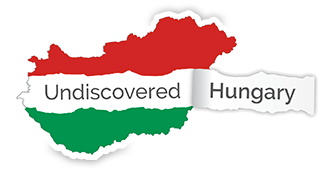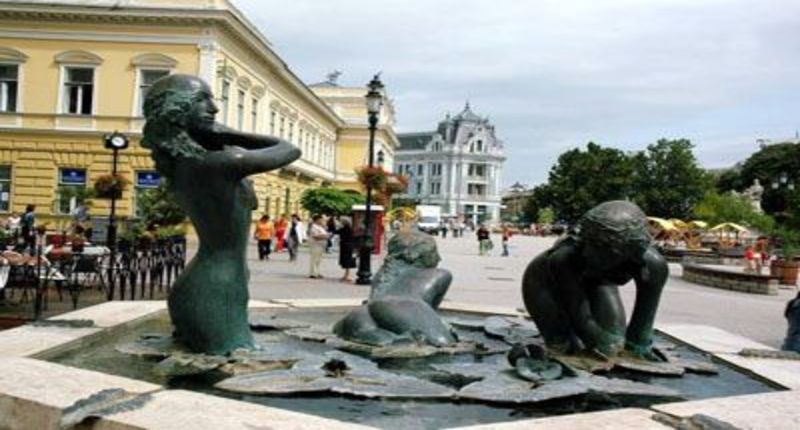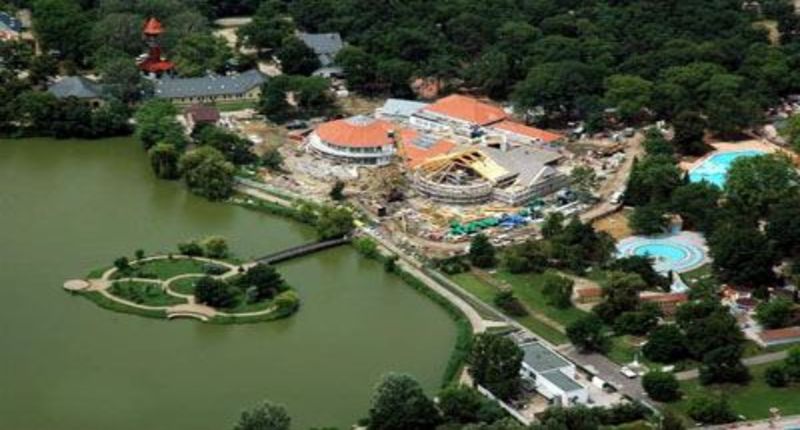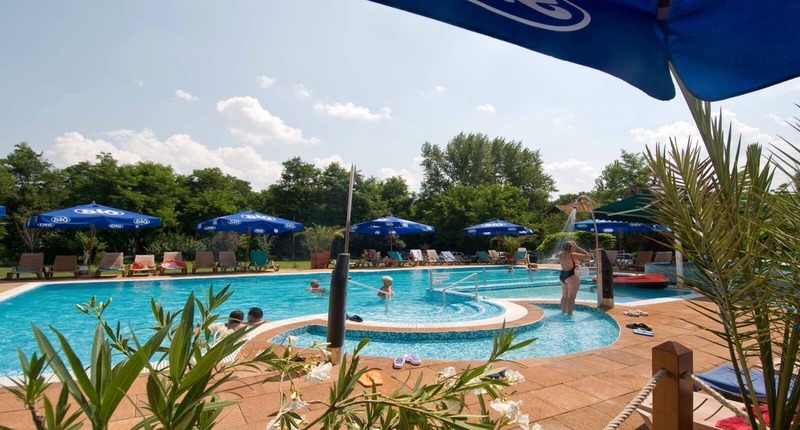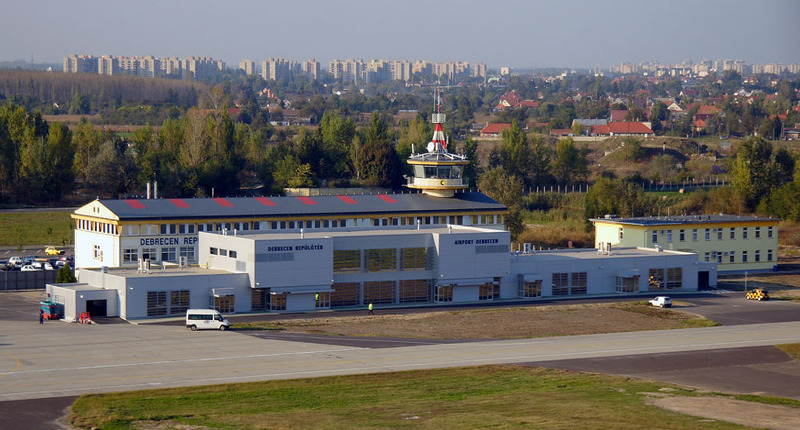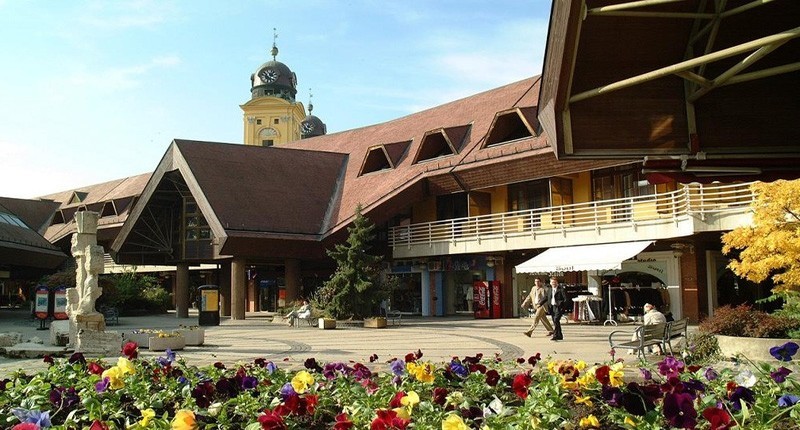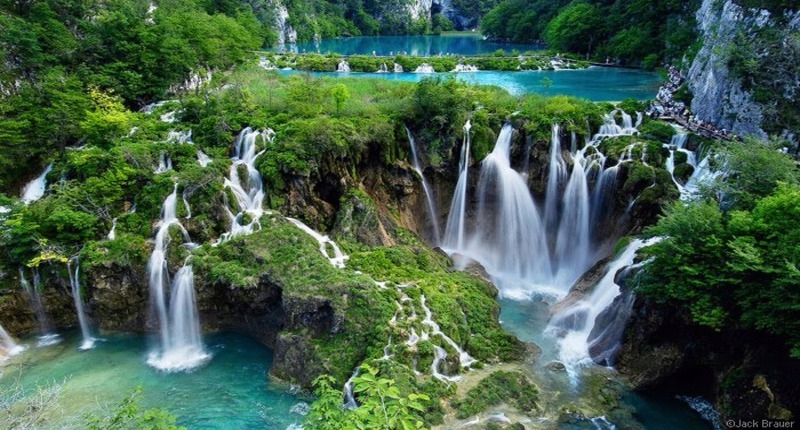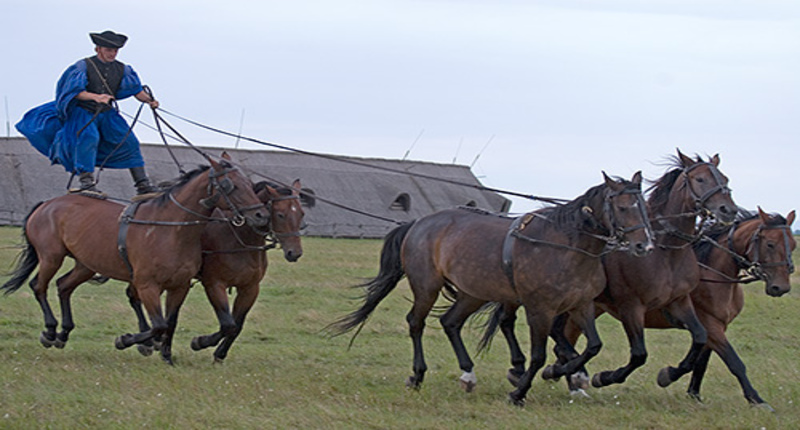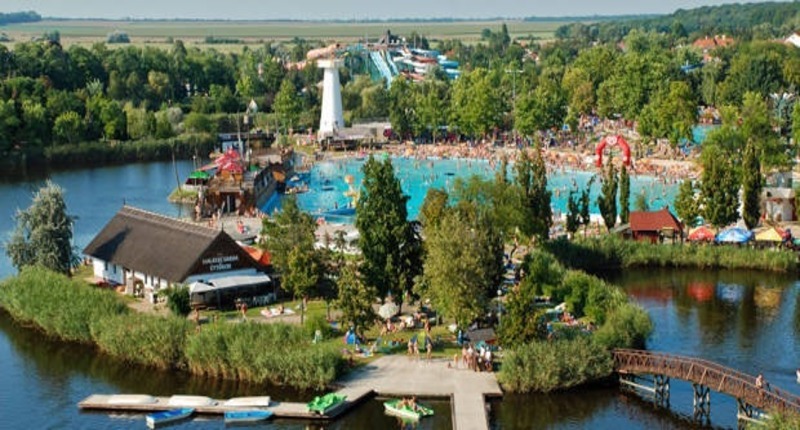Nyíregyháza
More information
Nyíregyháza is a city in north east Hungary and the county capital of Szabolcs-Szatmár-Bereg. With a population of 118,000, it is the seventh-largest city in Hungary and is one of the leading cities of Northern Hungary and of the northern part of the Great Hungarian Plain (Alföld). Its development has been ongoing since the 18th century, making it the economical and cultural centre of the region. There is a motorway leading to the city from Budapest.
In the beautiful Sosto (Salty lake) area you can find the magnificient zoo, exhibiting more than 300 species is recognized throughout Europe. This zoo definitely worth the trip: you can see lots of baby animals, a seal show, you can feed the monkeys and see all the big African animals. It is a truly magnificent zoo and the animals look really happy. A real sensation in the zoo is that a male leopard was just born, also an African orangutan baby.
http://www.sostozoo.hu/index.php?lng=en
In the Sosto lake area there is an aquapark and wellness centre called aquarius spa, which is worth the visit.
The Water Tower as the symbol of Sóstó; the legendary Svájci Lak; and the Bathing House, which was the first spa of the city and the Krúdy Vigadó renovated in 2003, which was originally operating as a hotel, now serving as a relaxation complex. Besides the buildings and natural characteristics, there are other specialities as well in Sóstógyógyfürdő as unique sights in Hungary.
History
The first written mentions of Nyíregyháza date back to 1209, although it was then called simply Nyír ('birch'), after the Nyírseg, the greater region in which the city lies. A source from 1326 mentions that by then the city already had a church, hence the second part of the name, egyház (meaning 'church, cathedral' but literally 'one/singular house'). In the middle of the 15th century the town had about 400 inhabitants. In the 16th century, during the Turkish occupation of Hungary, Nyíregyháza became deserted; it was resettled only in the 1630s – 1640s.
After the War for Independence led by Prince Francis II Rákóczi, the population of the town increased. Most of the new settlers were Slovaks from the area of Békéscsaba. In 1786 Nyíregyháza was granted the right to hold four market days a year; by this time the town was the biggest town of the county with 7,500 inhabitants. In the early 19th century Nyíregyháza was wealthy enough to become free from its feudal lords, the Dessewffy and Károlyi families. During these prosperous years the town got a new town hall, a hospital, several schools and a restaurant by the nearby lake Sóstó ("Salty Lake").
The inhabitants of the town took an active part in the revolution and war for independence in 1848-49, and after the suppression of the revolution several citizens were imprisoned, among them the mayor, Márton Hatzel.
In the second half of the 19th century Nyíregyháza became more and more urbanized and in 1876 the town became the county seat of Szabolcs county. In 1858 the railroad line reached Nyíregyháza; several new buildings were built, including a telegraph office, the main post office and the theatre. In 1911 the construction of tramways was finished.
After the many trials and tribulations of World War I, Nyíregyháza was under Romanian occupation for ten months. Between the two world wars the city celebrated the 100th anniversary of becoming free from its feudal landowners.
During World War II more than 6,000 of the city's Jewish inhabitants were deported, and another 2,000 citizens were sent to Russian labor camps (colloquially called malenky robot). Several buildings were destroyed, too, including the Status Quo Synagogue, whose front wall has been preserved; it is now in Nyíregyháza's Jewish Cemetery.
Debrecen International airport is about 40 minutes drive.
For ideas on accommodation in the area click "book now". You don't have to pay in advance but when you arrive. Free cancellation.
